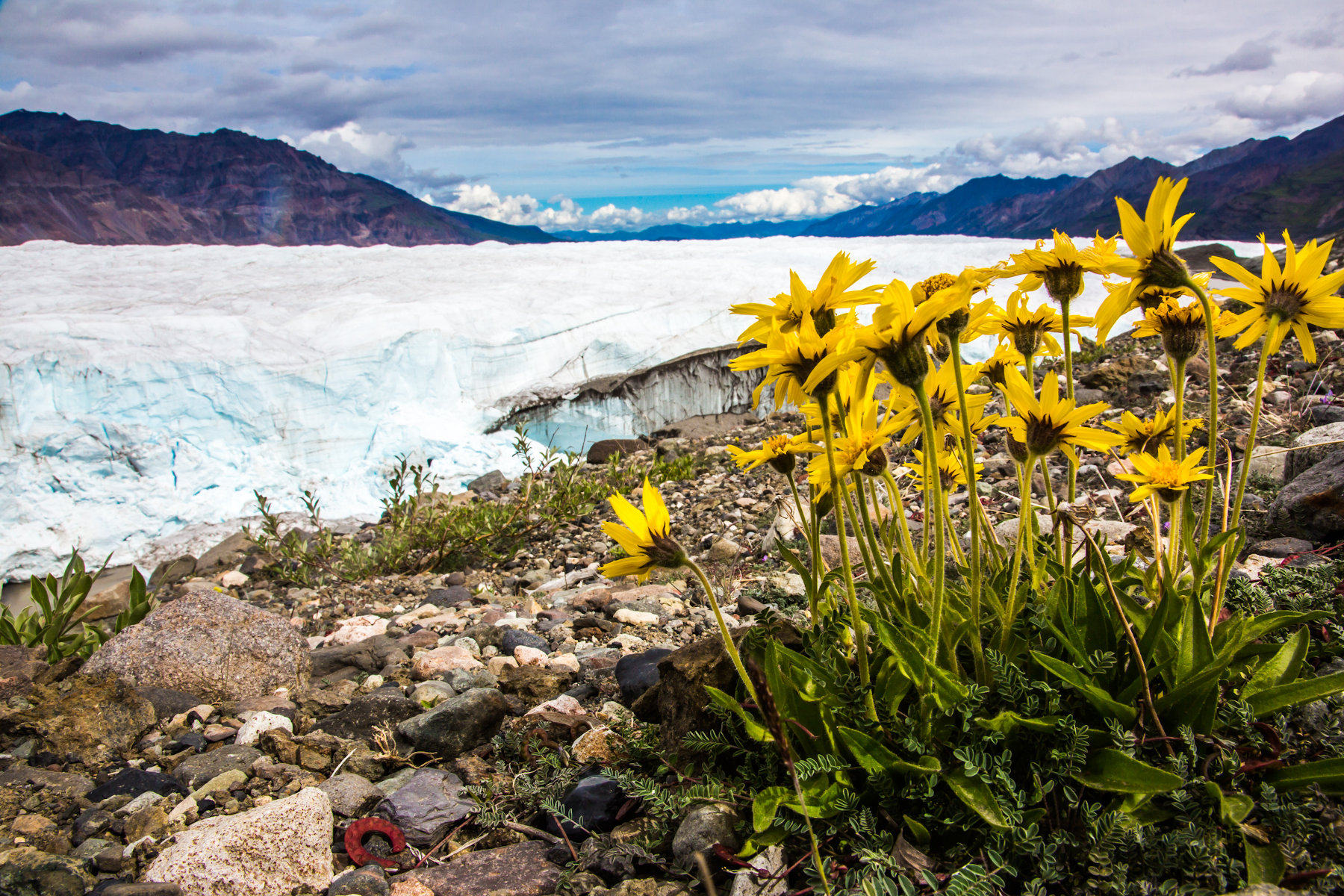Wildlife Biology and Conservation
Master's Degree Program
Imagine a classroom where the walls are snow-covered mountains, and the ceiling is a bright blue sky. Imagine that your course materials are the majestic animals that roam the forests and coastline. When you earn a master’s degree in wildlife biology and conservation at the University of Alaska Fairbanks, you won’t have to imagine these things, because the vast Alaskan wilderness will be your classroom.
You may be wondering, “What is wildlife biology?” At UAF, wildlife biology is the study of animals and animal behavior within their natural habitats. As a wildlife biologist, you can work as a researcher and conservationist in varied settings, including environmental research organizations, wildlife reserves, zoos and universities. In addition to protecting animal species and their habitats, you’ll also work to ensure the safety of humans through studying diseases, environmental hazards and the ways in which humans can safely interact with nature and wild animals.
Our 30 credit-hour graduate wildlife biology and conservation degree includes topics such as the interactions among populations and species, physiological ecology, principles of monitoring and managing animals and their habitats, and the human dimensions of wildlife.
Get more information
Why Earn Your Master’s Degree in Wildlife Biology and Conservation at UAF?
The University of Alaska Fairbanks is not only one of the best colleges for wildlife biology and conservation in the country, but also the only university in Alaska that offers a graduate degree in wildlife biology and conservation. Studying wildlife conservation at UAF gives you access to field-based research and exploration in habitats unlike anything else on Earth.
What Can You Do with a Master’s Degree in Wildlife Biology and Conservation?
Alaska proudly has the highest concentration of careers for wildlife biologists in the U.S. — making UAF one of the best colleges for wildlife biology and conservation in the world. After all, what is wildlife biology without the ability to study natural habitats and ecosystems each and every day.
Nearly 100% of our graduate students find a field-related position after receiving their wildlife biology degrees. Many of our students work for native corporations — such as Tanana Valley Chiefs — and environmental consulting firms such as LGL, Inc and ABR, Inc. Others go into academia to pass along their expertise to future wildlife biologists.
Other graduates of our wildlife biology and conservation degree program are employed at state and federal agencies such as:
- The Alaska Department of Fish and Game
- US Fish and Wildlife Service
- Bureau of Land Management
- National Park Service
If you are interested in pursuing further education to teach at the university level, learn more about our PhD in Biological Sciences with a concentration in wildlife biology and conservation.
Master’s Degree in Wildlife Biology and Conservation Courses
What is wildlife biology education like at UAF? You’ll build a strong foundation in advanced research, writing and data analysis skills. The courses you’ll take will prepare you for every stage of the wildlife research process: From designing a research proposal and forming hypotheses, to studying animals and behavior in the field, to writing and presenting your research findings for your colleagues and academic journals. Unlike many wildlife biology programs around the nation, UAF’s unique location in Alaska means that your coursework will be filled with adventurous exploration in some of the most beautiful and untouched wilderness on the planet.
Graduate Programs Related to Wildlife Biology and Conservation
Get Started on Your Master’s Degree in Wildlife Biology and Conservation
Take the next step toward earning your wildlife biology and conservation degree at UAF. We have the resources to help you get started.



